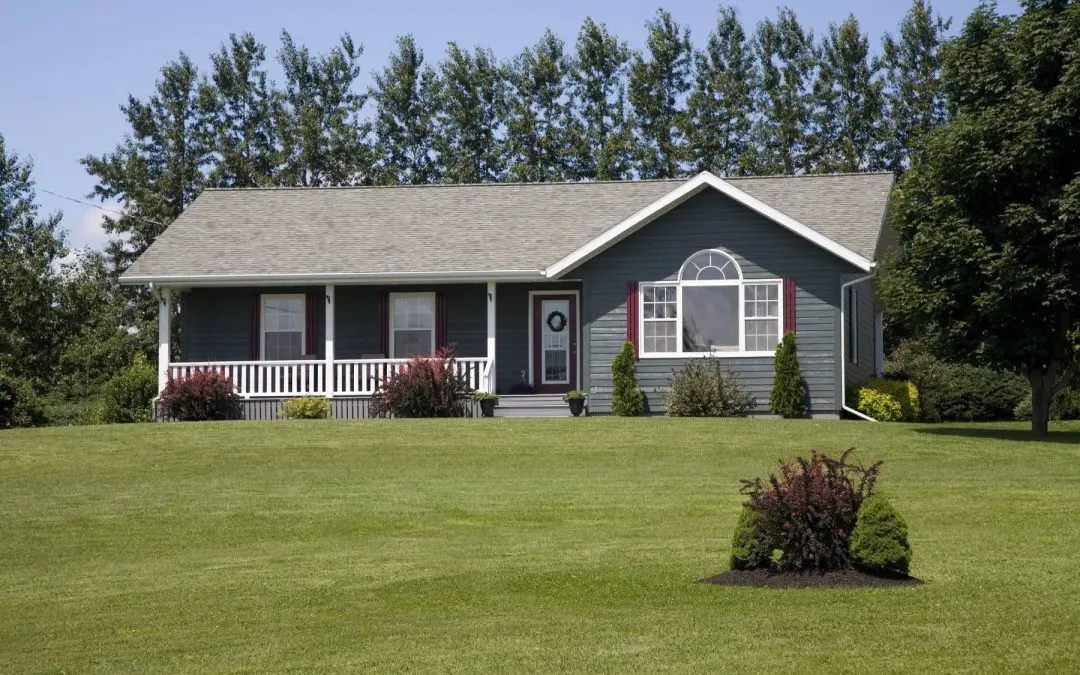What to Watch Out for: Common Concerns in Older Homes
Buying an older home has its charm. You might be drawn to the character, craftsmanship, and established neighborhoods that come with age. But older homes also come with a unique set of concerns that aren’t always obvious at first glance. Knowing what to look for can save you from unexpected repairs, safety risks, and long-term maintenance headaches. Understanding the Common Concerns in Older Homes gives you an edge when making decisions about inspections, renovations, and budgeting.
Outdated Electrical Systems
One of the first things to check in an older home is the electrical system. Many houses built before the 1970s still have outdated wiring like knob-and-tube or aluminum wiring. These systems weren’t designed to handle today’s electricity demands and can pose a fire risk. A lack of grounded outlets or insufficient circuit breakers might also be an issue. If the electrical system hasn’t been updated, it’s something to factor into your overall home cost. You’ll want a licensed electrician to assess the system during the inspection process.
Plumbing Problems
Older plumbing pipes are another area of concern. Galvanized steel pipes, once commonly used, are prone to rusting and can clog over time. Even copper and cast iron pipes have a lifespan and might be nearing the end of it. Signs like low water pressure, discolored water, or frequent leaks point to plumbing issues that could become costly. Replacing outdated plumbing is a major job, so knowing what you’re dealing with upfront is key.
Foundation and Structural Issues
The foundation is the backbone of the home. In older properties, settling over time is expected, but large cracks, sloping floors, or sticking doors could mean a more serious structural issue. Shifting soil, poor drainage, or outdated construction methods all contribute to foundation problems. If you’re looking at a home with visible structural signs, a thorough inspection by a structural engineer or qualified inspector is a smart move. It helps ensure you’re not stepping into a major repair project unknowingly.
Roof Age and Condition
The roof protects everything underneath it. In older homes, it’s common to find roofing materials near the end of their useful life. Shingles that are curling, missing, or heavily worn usually signal the need for replacement. Water stains on ceilings or in the attic are also signs of roof leaks. Since a full roof replacement can be one of the more expensive home repairs, it’s worth checking the age and condition during the buying process.
Hazardous Materials
Many older homes were built before modern building codes and safety standards existed. It’s not unusual to find materials like lead paint or asbestos, especially in homes built before 1978. Lead-based paint is a health hazard, particularly for children, and asbestos can be dangerous when disturbed. If either is found, removal must be done by professionals. This is another one of the Common Concerns in Older Homes that should be evaluated carefully during inspections.
Inefficient Insulation and Windows
Insulation standards have changed a lot over the years. Many older homes are drafty and expensive to heat and cool due to poor insulation or single-pane windows. If you walk into a home and feel temperature swings or hear a lot of outside noise, the windows or insulation may need attention. While these issues don’t pose immediate danger, they affect comfort and long-term energy costs.
HVAC System and Ventilation
Heating and cooling systems in older homes may be outdated or poorly maintained. Furnaces, boilers, and air conditioners have limited lifespans, and older models tend to be less efficient and more expensive to run. If the home has had multiple additions or renovations over the years, the HVAC system might not be sized correctly anymore. Inadequate ventilation also contributes to indoor air quality problems, especially in bathrooms, attics, or kitchens.
FAQs
How do I know if an older home has foundation problems?
Look for signs like cracks in walls, sloped floors, or doors that stick. These signs may indicate settling or structural movement. A home inspector can give you a better idea of what’s going on.
Is lead paint always a concern in older homes?
If the home was built before 1978, there’s a good chance lead paint is present. It’s usually only a risk when it’s chipping or being disturbed during renovations. A lead paint test during inspection is a good idea.
What are the biggest red flags when buying an older home?
Major concerns include outdated electrical systems, foundation issues, roof damage, and hazardous materials like asbestos or lead. These problems can lead to costly repairs and safety issues.
Can older homes be energy efficient?
Yes, but it often takes upgrades like new windows, added insulation, and updated HVAC systems. These improvements help lower utility costs and improve comfort.
Why are inspections even more important for older homes?
Because the Common Concerns in Older Homes aren’t always visible to the untrained eye. Inspections give you peace of mind and help you understand what repairs or upgrades might be needed before you buy.
Bronze Star Home Inspections offers home inspections in the Dallas-Fort Worth Metroplex. If you’re buying or selling a home, contact us to request an appointment.

